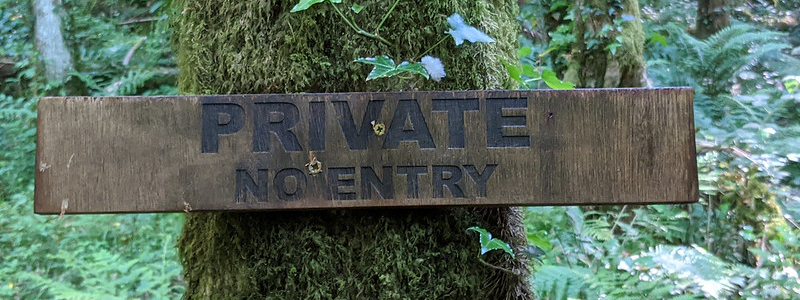TORS OF DARTMOOR
a database of both lesser- & well-known rocks and outcrops
A Guide to Access CategoriesWe always encourage people to seek permission when wanting to visit a tor that lies on private land. To aid the tor bagger, we have categorised access to the tors as follows:
How to find a LandownerWe recognise that the biggest problem with asking permission is actually tracking down the owner of the land. There are a few ways to go to find them: Ask a localDon't be afraid to ask that dog walker or horse rider you pass on a ramble, this can be a fruitful way of finding the right person to speak to. Knock on doorsThis is an option but not one we particularly like to implement; none of us are keen on cold callers disturbing us at home and to do so can feel a little intimidating. Plan a visit beforehand, look on maps for dwellings in the vicinity. Don't expect to be afforded access there and then, it is worth offering to come back, when the owner is free, for them to show you the tor personally. Don't pressure them to do so immediately. You may well have the door slammed on you, but often we have been told to just go ahead or we have rearranged a mutually agreed time. Land ManagementSome woodlands are managed by an external body and you may find contact details at points of access, like a sign on a gate. It may be possible to obtain a permit to enter without needing to contact the landowner so it pays to ring or email them first. Land RegistryUsing the Land Registry website, for a small fee you can obtain the name and address of a plot of land with the use of an online map. This involves zooming in on the area you wish to visit and selecting "Title Register" and following the process to pay. In addition to the fee you are first required to set up a free account. Once paid, the ownership details are available to you immediately. Visit Land Registry With a name and address obtained we suggest writing a letter. Explain your reasons for wanting to visit, appear knowledgeable and mention any information you may have about the site to show you have a genuine interest. Always give your email address or phone number so they can contact you to discuss, even if it is to say "no". Be very flexible and offer to visit at a time that suits them. Suggest they might like to accompany you as this can reassure them that your intentions are honourable; indeed, we have found a tour proves to be a fascinating insight into the land and its history. |